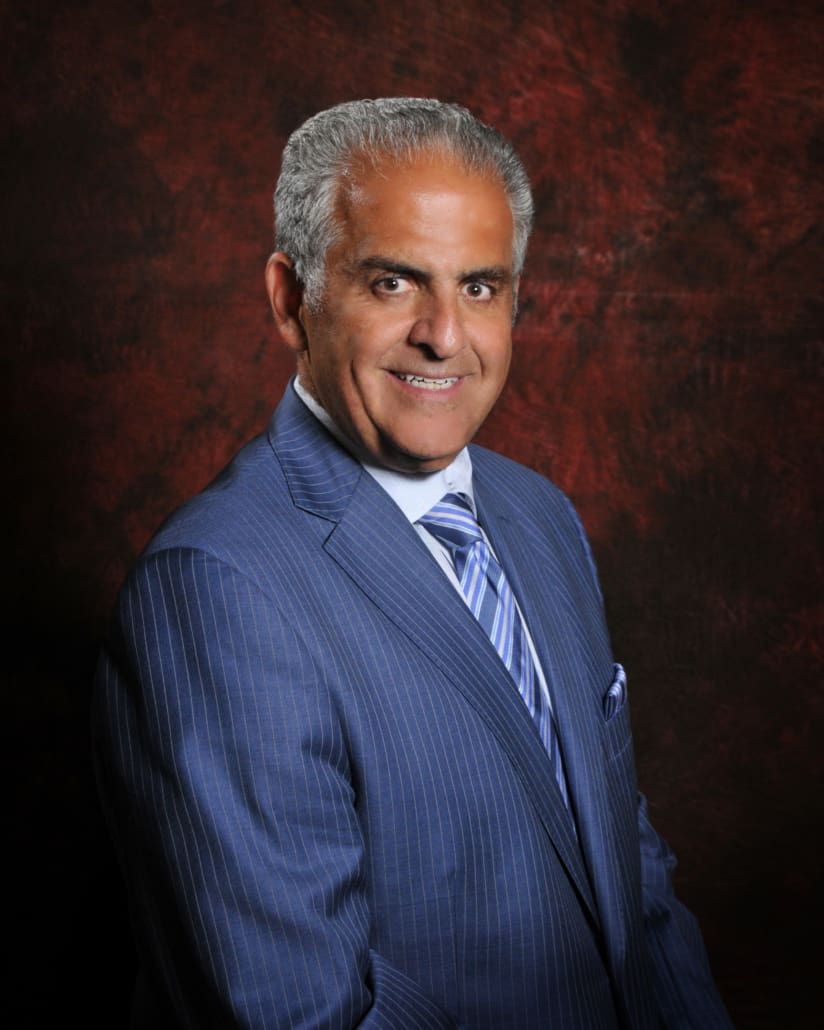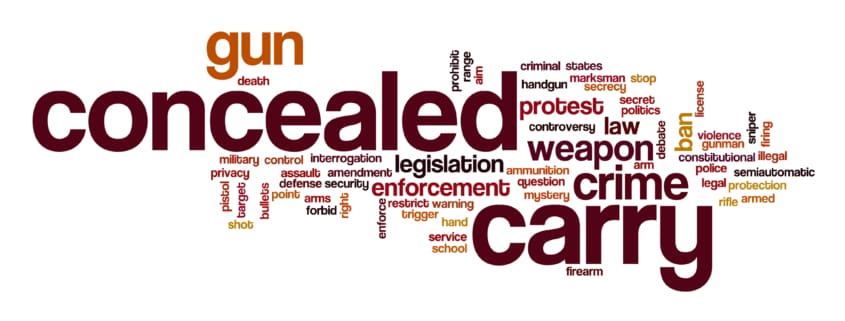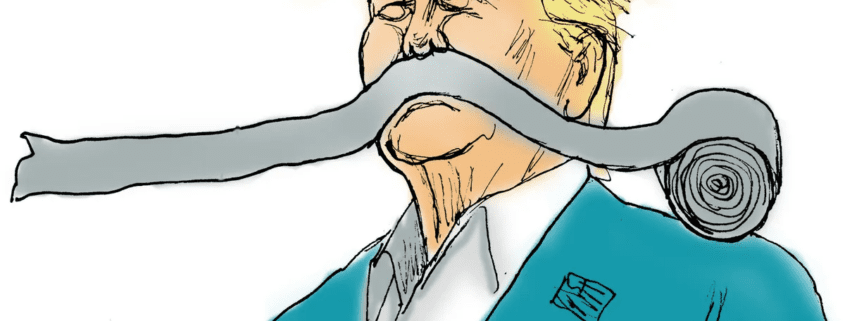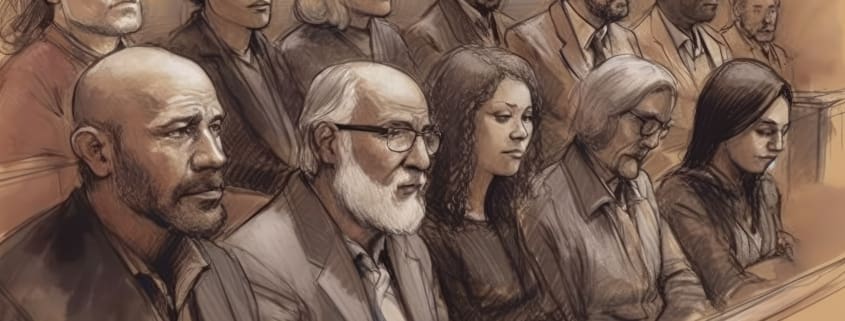A cautionary tale for gun owners and anyone who has been adjudicated as a juvenile delinquent

One of the fascinating things about trying criminal cases—and one of the things that will keep me at it until I fall over at my desk—is that you never know where the law and the facts will take you. I was reminded of that reality during a just-concluded high-profile murder trial in which the provisions of Ohio’s “Constitutional Carry” firearms statute and my client’s failure to have his juvenile record sealed and expunged converged to forge the plea deal I negotiated on his behalf.
That said, this week’s column should serve as a cautionary tale for gun owners, any who has been adjudicated as a juvenile delinquent, and parents.
Chapter One: Where you can’t carry a firearm in Ohio.
While Ohio’s recently enacted Constitutional Carry law has relaxed or removed many of the statutes related to carrying a concealed weapon, including the need to apply for a permit and undergo training, it has not turned the entire state into Dodge City. There are still places the Wyatt Earps and Doc Holidays among us may not enter if they are packing. They include:
- Police stations, sheriff’s offices, highway patrol posts
- Correctional institutions or other detention facilities
- Airport terminals or airplanes
- Courthouses
- Universities, unless expressly permitted
- Places of worship, unless the place of worship permits otherwise
- School safety zones: schools, school buildings, school premises, school activities, and school buses
- Private businesses, including bars, restaurants, and other places that serve alcohol may prohibit the carrying of concealed weapons but must post a notice of the prohibition in a conspicuous place.
That last proved problematic for my client because he did carry a concealed weapon into a bar/restaurant that expressly prohibits doing so which is a third degree felony punishable by up to three years in prison and a fine of up to $10,000.
He shouldn’t have done that—and neither should you. Take my advice, nothing good comes of carrying a concealed weapon into a place where people are consuming alcohol—especially if one of the people is you. BKM’s rule pertaining to driving while under the influence–Don’t Do It—also applies to doing shooters and carrying a shooting iron.
Chapter Two: Carrying a weapon under disability.
And, no I’m not talking about workers’ comp or SSDI. I’m referring to the Ohio law that makes it a crime to knowingly acquire, carry, or use any firearm or dangerous weapon if you:
- Are a fugitive from justice;
- Are under indictment for or have been convicted of any felony offense of violence;
- Are under indictment for or has been convicted of any felony offense involving the illegal possession, use, sale, administration, distribution, or trafficking in any drug of abuse;
- Are drug dependent, in danger of drug dependence, or a chronic alcoholic;
- Are under adjudication of mental incompetence, have been adjudicated as a mental defective, or have been committed to a mental institution;
- Have been adjudicated a delinquent child for the commission of an offense that, if committed by an adult, would have been a felony offense of violence;
- Have been adjudicated a delinquent child for the commission of an offense that, if committed by an adult, would have been a felony offense involving the illegal possession, use, sale, administration, distribution, or trafficking in any drug of abuse.
If you guessed that my client ran afoul of the juvenile adjudication thing, give yourself a gold star. Like carrying a concealed weapon into a prohibited place, possessing a firearm under disability is a third degree felony punishable by up to five years in prison and a $10,000 fine.
Again, take my advice, this is something you really should not do.
Chapter 3: Failing to seal and expunge juvenile records can haunt you well into adulthood
Because the state of Ohio believes juvenile offenses should not impact a person’s life until they day they die, the General Assembly created a process for sealing and expunging juvenile court records. If you or someone you know has been adjudicated as a juvenile delinquent, I implore you to take advantage of the opportunity to obtain the fresh start the state is offering.
The client in the case I’m discussing today did not, and, as I noted above, that left him open to the charge of possessing a firearm under disability. While not as serious, failure to seal and expunge a juvenile record can make it difficult to get a job, be admitted to college, or obtain a credit.
Here is a brief overview of what is a complicated process:
First, let’s define our terms.
Sealing a record means it still exists but is hidden from public view. A sealed record can still be seen in limited circumstances by the Courts, law enforcement, or the defendant.
Expunging a record means all physical and electronic versions of the record are destroyed. The record then no longer exists, and for all intents and purposes, it never existed. Once the record is expunged you can truthfully say that you do not have a juvenile record.
Before records can be expunged, they must be sealed. All offenses, except for aggravated murder, murder, and rape may be sealed and expunged.
Contrary to what many people believe, with few exceptions, juvenile records are not automatically sealed and expunged by the courts. You must apply. I am sure that most readers will not be surprised to learn that as this guide clearly shows, the process is complicated and laborious. The law does not require applicants to be represented by an attorney, but if you take a look at the publication referenced above, you may decide to contact a lawyer.
Chapter 4: Conclusions
What have we learned from the cautionary tale? Don’t carry a firearm into someplace you shouldn’t, don’t carry a weapon under disability, and do take advantage of the law that allows you to seal and expunge your juvenile record.
The End.




